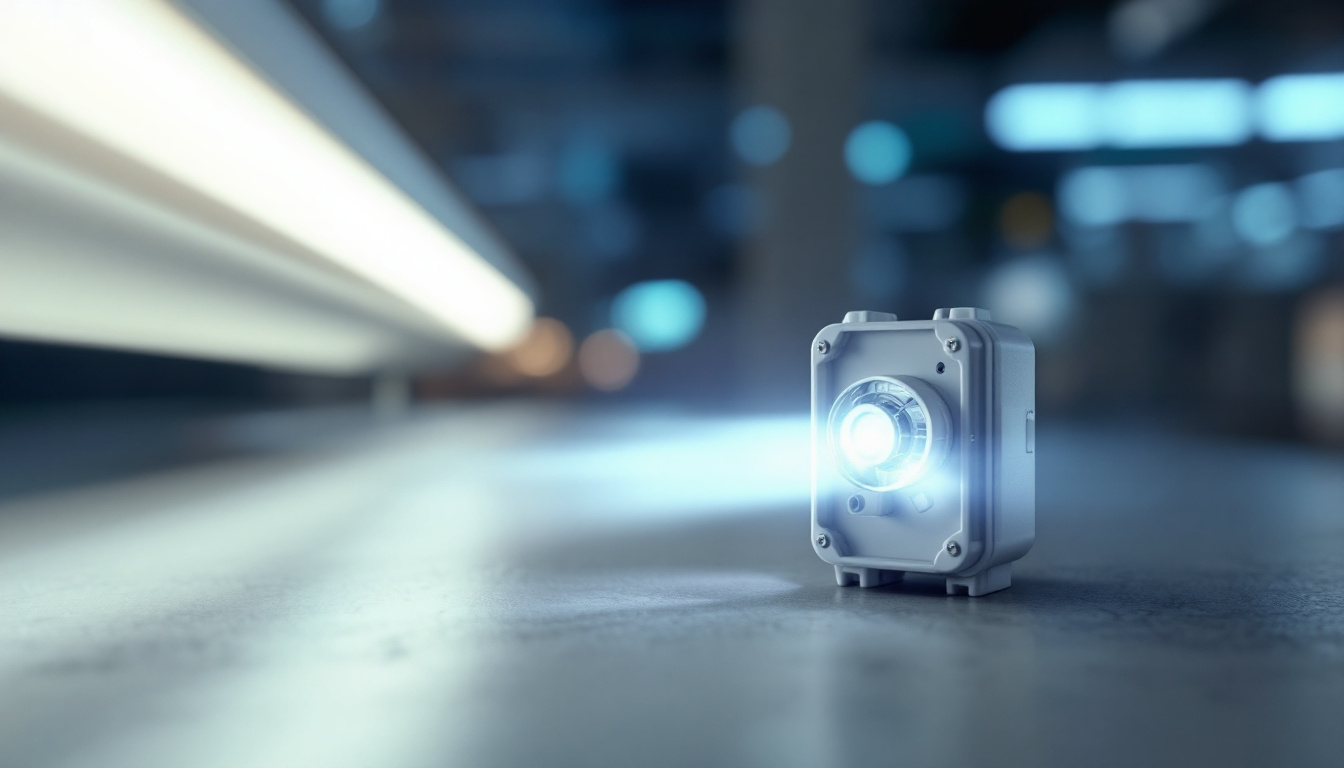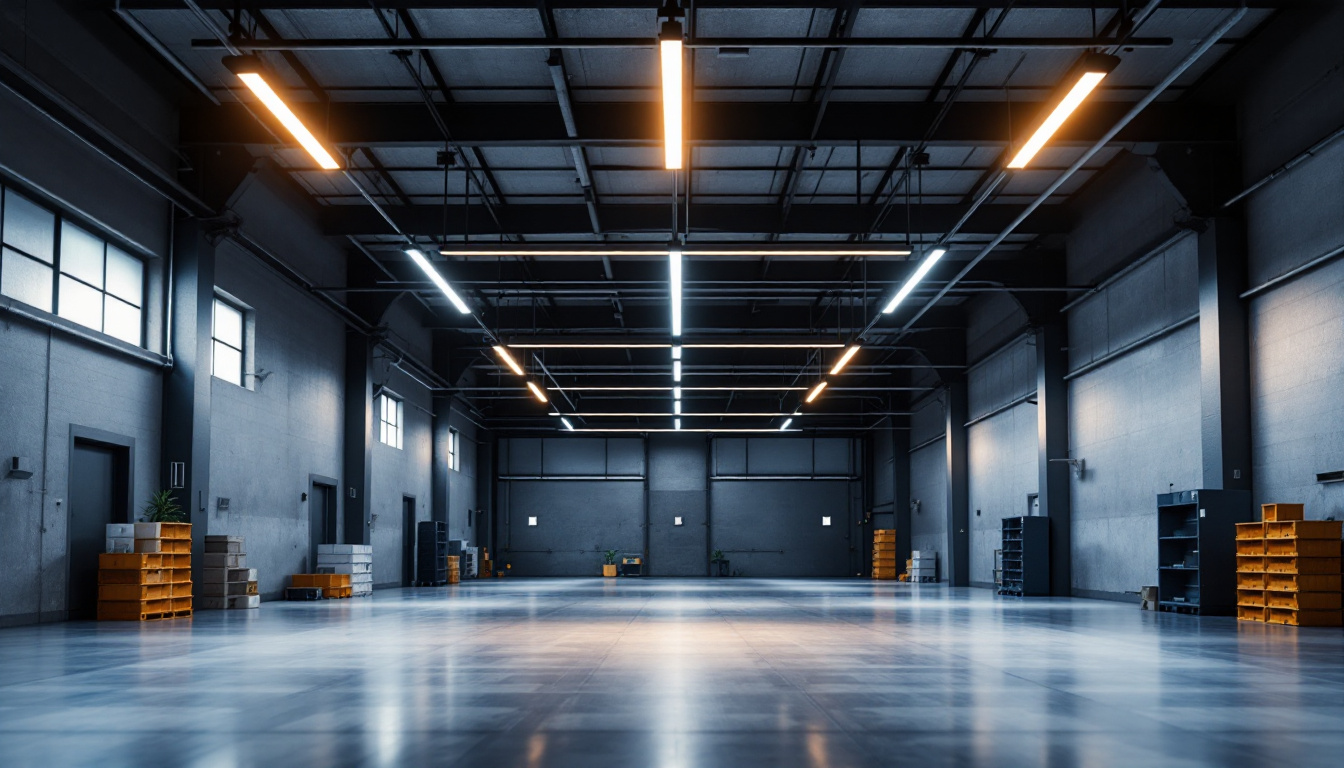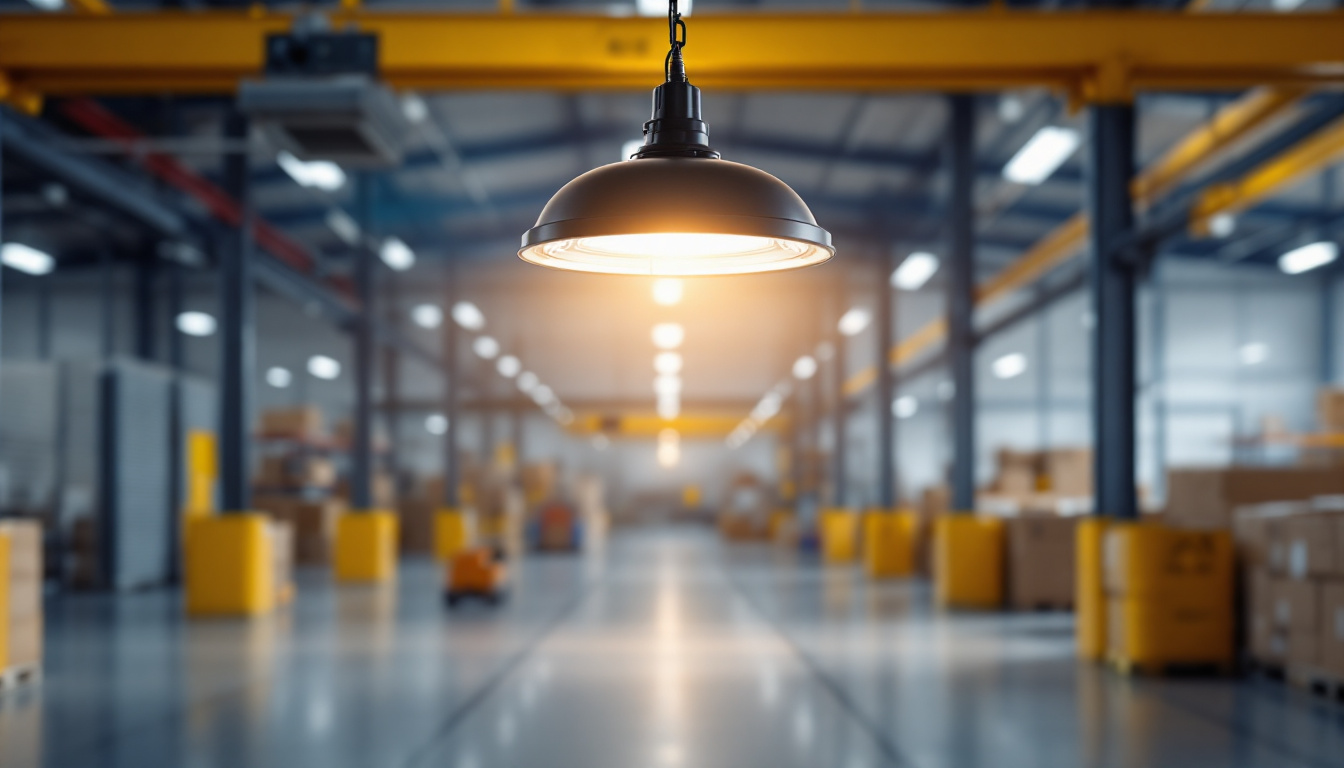

In the world of lighting design and installation, understanding the components that contribute to a successful project is essential. Among these components, the ballast for fluorescent lights plays a pivotal role. This article delves into the significance of ballasts, their types, and best practices for lighting contractors aiming to deliver high-quality lighting solutions.
Ballasts are crucial for the operation of fluorescent lights. They serve multiple functions that ensure the efficient performance of lighting systems. At its core, a ballast regulates the current flowing to the fluorescent lamp, providing the necessary voltage to start the lamp and maintaining the correct current during operation.
The primary function of a ballast is to regulate the electrical current supplied to the fluorescent lamp. Without this regulation, the lamp would draw too much current, leading to overheating and potentially causing failure. By controlling the current, the ballast ensures that the lamp operates within its specified limits, prolonging its lifespan and enhancing performance. This regulation is particularly important in commercial settings where multiple fluorescent lights may be used in tandem, as it helps to maintain consistent lighting levels across large areas, thereby improving visibility and reducing eye strain for occupants.
In addition to current regulation, ballasts also provide the initial voltage required to ignite the fluorescent lamp. This high voltage is necessary to start the gas discharge process within the lamp. Once the lamp is lit, the ballast reduces the voltage to a stable level, allowing for continuous operation without flickering or dimming. The type of ballast used can significantly impact the efficiency of the lighting system; for example, electronic ballasts are often favored over magnetic ones due to their ability to provide higher efficiency, reduced energy consumption, and less electromagnetic interference. Furthermore, advancements in ballast technology have led to features such as dimming capabilities and compatibility with smart lighting systems, allowing for greater control over energy usage and lighting ambiance.
There are primarily two types of ballasts used in fluorescent lighting: magnetic and electronic. Magnetic ballasts, which have been around for decades, utilize electromagnetic induction to regulate current and voltage. They are typically heavier and can produce a noticeable humming noise during operation. On the other hand, electronic ballasts are lighter, more energy-efficient, and operate silently. They also offer the advantage of instant start capabilities, which means that the lamp reaches full brightness almost immediately. This feature is particularly beneficial in environments where lighting needs to be activated quickly, such as in commercial spaces that experience frequent on-and-off cycles.
There are several types of ballasts available for fluorescent lights, each with its own advantages and applications. Understanding these types can help lighting contractors select the most appropriate ballast for their projects.
Magnetic ballasts have been used for decades and are known for their reliability and simplicity. They operate using electromagnetic induction and are generally more affordable than their electronic counterparts. However, they tend to be bulkier and less energy-efficient, which can be a drawback in modern applications where space and energy consumption are critical considerations. Additionally, magnetic ballasts can generate more heat, which may require additional cooling measures in certain environments. Despite these downsides, they are still favored in some industrial settings due to their robustness and ability to withstand harsher conditions.
Electronic ballasts have gained popularity due to their energy efficiency and compact design. They operate at higher frequencies, which reduces flickering and enhances the quality of light produced. Additionally, electronic ballasts are lighter and can be integrated into more sophisticated lighting systems, making them ideal for contemporary installations. Their ability to support a wider range of fluorescent lamps, including T5 and T8 tubes, allows for greater flexibility in design. Moreover, electronic ballasts often come with built-in features that can extend the lifespan of the bulbs, further contributing to cost savings over time.
As the lighting industry evolves, smart ballasts are emerging as a cutting-edge solution. These ballasts can communicate with other smart devices and systems, allowing for advanced features such as dimming, occupancy sensing, and remote monitoring. While they may come at a higher initial cost, the long-term energy savings and enhanced functionality can justify the investment. Smart ballasts can also be programmed to adjust lighting based on the time of day or occupancy levels, optimizing energy use and improving overall efficiency. This adaptability makes them particularly appealing for commercial spaces, where lighting needs can vary significantly throughout the day.
Selecting the appropriate ballast for a fluorescent lighting project is crucial for achieving optimal performance. Several factors should be considered to ensure the right match between the ballast and the lamp.
One of the first considerations when choosing a ballast is its wattage compatibility with the fluorescent lamp. Each lamp has a specific wattage rating, and the ballast must match this rating to function correctly. Using an incompatible ballast can lead to poor performance or even damage to the lamp.
Different types of fluorescent lamps require different ballasts. For example, T8 and T5 lamps have specific ballast requirements that differ from older T12 lamps. Understanding the type of lamp being used will guide contractors in selecting the right ballast type, ensuring compatibility and optimal performance.
The environment in which the lighting system will be installed also influences ballast selection. For instance, if the installation is in a damp or humid location, a ballast rated for such conditions should be chosen to prevent failure. Similarly, areas with extreme temperatures may require specific ballasts designed to operate reliably under those conditions.
Proper installation of ballasts is essential for ensuring the longevity and effectiveness of fluorescent lighting systems. Following best practices can help contractors avoid common pitfalls and enhance the overall quality of their installations.
Each ballast comes with specific installation instructions provided by the manufacturer. Adhering to these guidelines is crucial for ensuring proper operation and maintaining warranties. This includes wiring diagrams, mounting instructions, and any specific recommendations for the type of lamp being used.
Wiring is a critical aspect of ballast installation. Incorrect wiring can lead to malfunction or even safety hazards. Contractors should double-check all connections and ensure that they are secure and correctly configured. Additionally, using the appropriate gauge wire is essential to handle the electrical load without overheating.
After installation, it is vital to test the entire lighting system to ensure everything is functioning as intended. This includes checking for flickering, dimming, or any unusual sounds that may indicate a problem. Conducting a thorough test can help identify any issues early on, allowing for timely adjustments or repairs.
Even with proper installation, ballasts may require maintenance or troubleshooting over time. Understanding common issues and their solutions can help contractors provide better service to their clients.
Some common issues with fluorescent ballasts include flickering lights, buzzing sounds, and lamps that fail to start. These problems can often be traced back to the ballast itself, but they may also indicate issues with the lamp or wiring. Identifying the root cause is essential for effective troubleshooting.
When a ballast fails, replacing it promptly is crucial to restore proper lighting functionality. Contractors should ensure they have the correct replacement ballast on hand and follow the same installation best practices used during the initial installation. This ensures that the new ballast will operate correctly and efficiently.
Implementing regular maintenance checks can help extend the life of fluorescent lighting systems. This includes inspecting ballasts for signs of wear, checking wiring connections, and testing the operation of lamps. Proactive maintenance can prevent unexpected failures and enhance the overall reliability of the lighting system.
The lighting industry is continually evolving, and the role of ballasts is also changing. With advancements in technology, the future of ballasts may include even smarter systems that integrate seamlessly with building management systems and energy-efficient designs.
As smart technology becomes more prevalent in lighting design, ballasts are expected to evolve to accommodate these advancements. This may include features such as wireless control, integration with sensors, and compatibility with building automation systems. These innovations will allow for greater control over lighting environments and energy consumption.
With a growing emphasis on sustainability, energy efficiency standards for ballasts are likely to become more stringent. Manufacturers will need to innovate and develop ballasts that meet these standards while still providing reliable performance. This shift will benefit both contractors and clients by reducing energy costs and environmental impact.
As the technology surrounding ballasts continues to advance, ongoing training and education for lighting contractors will be essential. Staying informed about the latest developments in ballast technology, installation techniques, and maintenance practices will empower contractors to deliver the best possible solutions for their clients.
Ballasts are an indispensable component of fluorescent lighting systems, playing a critical role in their operation and efficiency. Understanding the various types of ballasts, their functions, and best practices for installation and maintenance is essential for lighting contractors. By prioritizing quality and staying informed about industry advancements, contractors can ensure successful lighting projects that meet the needs of their clients while also embracing the future of lighting technology.
Ready to elevate your lighting projects with the best ballasts on the market? Look no further than LumenWholesale, where we provide contractors with superior, spec-grade lighting products at unbeatable wholesale prices. Say goodbye to local distributor markups and hello to our extensive selection that meets the highest industry standards. With LumenWholesale, you’ll enjoy the convenience of bulk buying with free shipping, ensuring you get the high-performance lighting you need at the best value. Don’t compromise on quality or price. Wholesale Lighting at the Best Value is just a click away.

Explore the rising significance of linear high bay lights in the lighting industry.

Discover essential insights into fluorescent light bulbs tailored for lighting contractors.

Discover the essential insights every lighting contractor needs to know about recess lights.

Discover how warehouse pendant lights not only illuminate vast spaces but also enhance safety in lighting installations.
Get notified when NEW deals are released.
Optimize your budget with wholesale discounts.
Only top-quality, specification-grade lighting products.
No additional costs at checkout - what you see is what you pay.
We understand the unique needs of contractors.